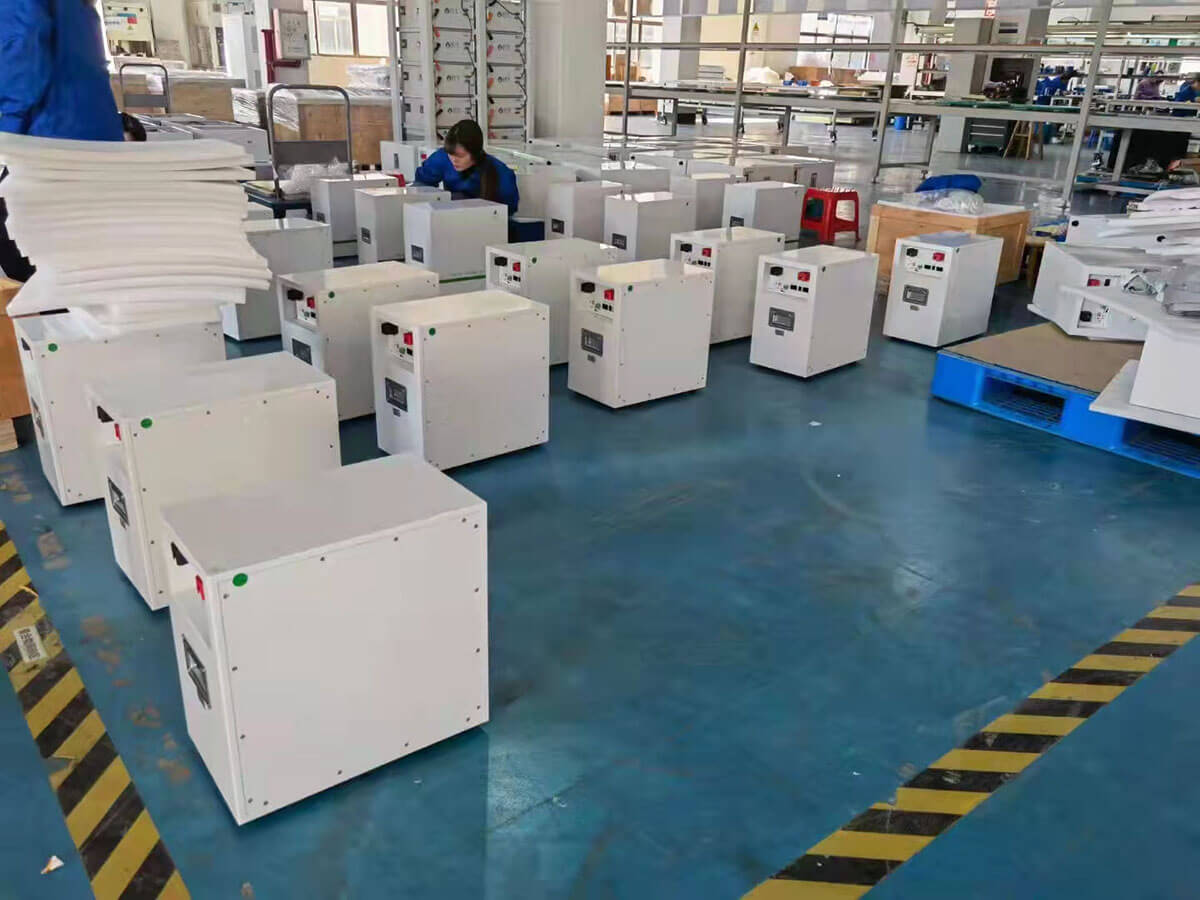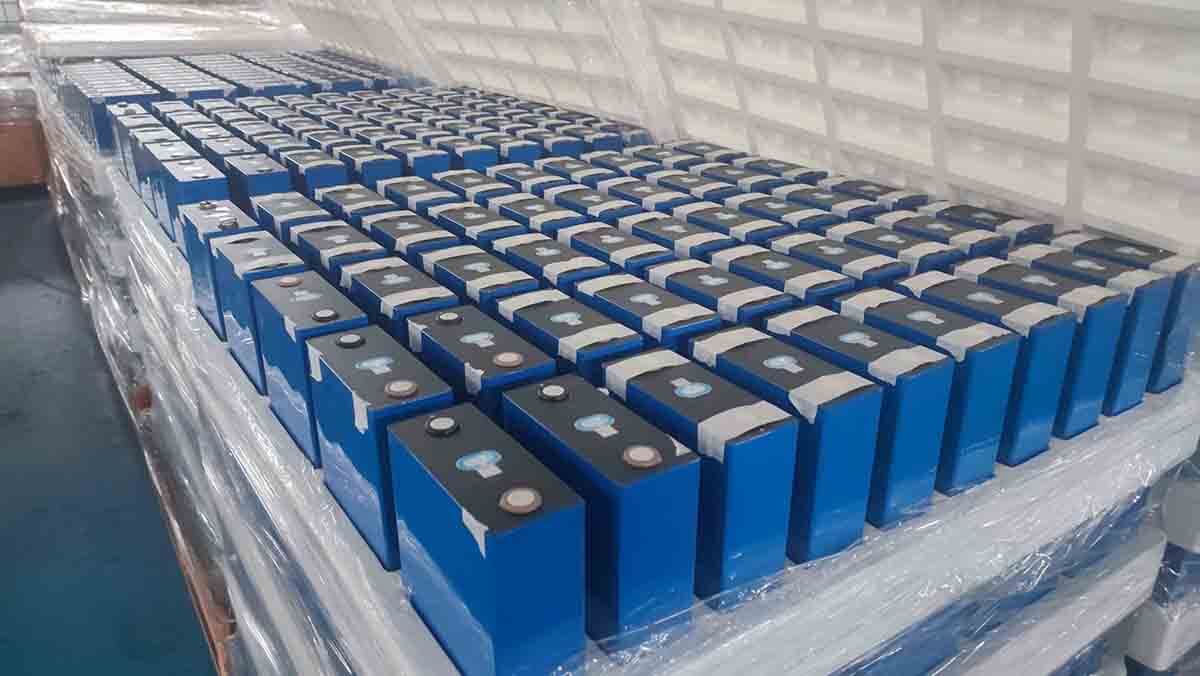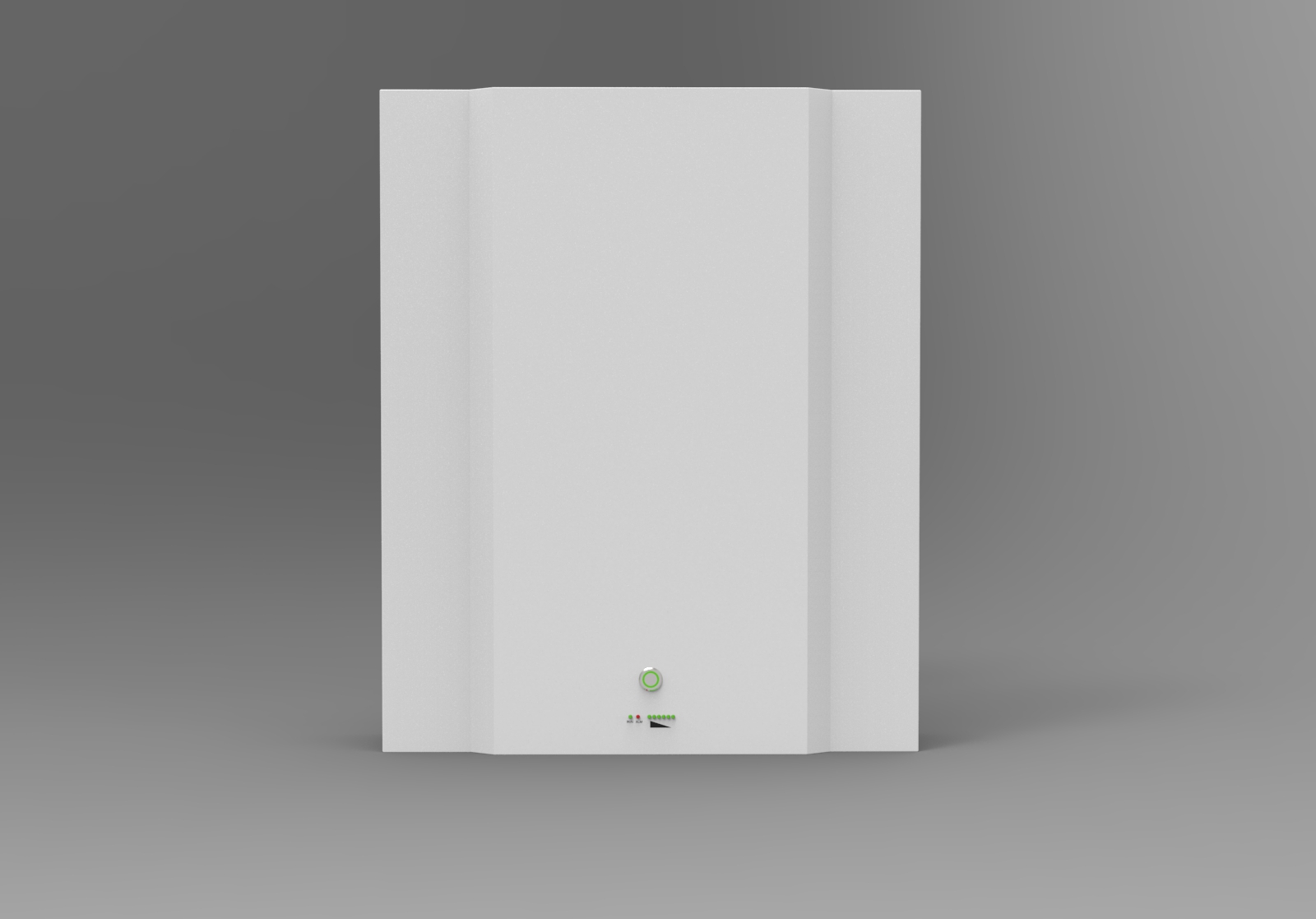Lifepo4 VS Lithium Ion: Is Lifepo4 Better Than Lithium Ion?
Introduction
When it comes to batteries, there are a variety of options available. Two of the most popular types on the market right now are lithium-ion and LiFePO4 (Lithium Iron Phosphate). Both offer unique benefits and drawbacks depending on your needs but they also have similarities that make them attractive choices.
In this blog post, we will take an in-depth look at these two battery technologies, comparing their features so you can decide which one is best for your application.
After reading this article, you will know the advantages and disadvantages of lifepo4 batteries and lithium-ion batteries so that you can make an informed decision.. Let's get started!
What is Lithium Ion Battery?
Lithium-ion batteries are an important part of powering everyday devices, from laptops to cell phones.
In principle, they involve the movement of lithium ions between two electrodes in an electrolyte solution or gel.
The cathode material is usually composed of lithium-based compounds like lithium cobalt oxide or lithium manganese oxide, while the anode is typically made of carbon materials such as graphite.
What's more, because different types of electrolytes and cathode materials can be used, an array of different lithium-ion battery variants exist on the market today.
For instance, lithium-ion polymer batteries are one iteration that utilizes polymers instead of liquid electrolytes. Their widespread use proves how efficient and reliable this technology is, making it a popular choice to power a variety of consumer electronics.
A Lithium-Ion battery is one of the most commonly used batteries for portable electronics due to its high energy density and low maintenance cost.
What makes it unique is that a single cell of a lithium-ion battery typically generates 3.6 volts, which means in order to use or store the power generated by the battery, three or more cells must be combined into one.
This process of combining multiple cells into one is called a series, and it allows us to generate the electricity we need at varying levels depending on the number of batteries we use.
Lithium-ion batteries offer durability, high energy density, and lightweight properties making them great for a variety of applications.
Learn More Top Questions About Lithium Batteries!
What is Lifepo4 Battery?
With the advancement of technology, Lithium Iron Phosphate (LiFe) was tried as a cathode material in the lithium-ion battery.
This has led to the development of a new generation of batteries known as Lithium Iron Phosphate (LiFePO4 or LFP) batteries.
These batteries are capable of higher voltage and current, better cycle life, and extended operating temperature range compared to other lithium-ion technologies.
What's more, these batteries are cheaper to produce and have a minimal environmental impact when compared to traditional nickel-cadmium and lead acid-based products.
The combination of these qualities makes LiFePO4 batteries the perfect choice for applications that depend on consistent power delivery while providing long-term reliability for lifepo4 batteries with minimal maintenance costs.
Lifepo4 battery gets its power from a single cell consisting of lithium iron phosphate chemistry.
This cell creates an energy output ranging between 3.2V to 3.3V, making it an efficient mineral for general use and high-tech applications alike.
By connecting three or four of these individual cells in series, the output voltage multiplies, creating a single LFP battery; thus providing more power than any one single cell would create on its own.
By capitalizing on this unique property, this technology has become increasingly popular in small electronic devices looking for a rechargeable power source that can hold large quantities of energy within a compact space.
What Are Lifepo4 Batteries' Benefits over Lithium Ion Batteries?

Lifepo4 Battery Production
When the question of the most suitable kind of battery for various applications arises, the comparison between a Lifepo4 battery and other lithium-ion batteries must be taken into account. This comparison must be based on the various factors that are important.
1. Longer Cycle Life and Lifespan
Longer cycle life means a longer battery lifespan, which can provide great value for your money.
When looking for a battery, it's important to do some research and consider the expected cycle length of the product. One cycle is when the battery goes from full charge to full discharge and charges up again.
The duration of this cycle without any drop in performance indicates how long the battery will last before needing to be replaced or recharged.
Longer cycle life results in longer battery life, so if you're investing in a quality product with good expected performance and long-lasting longevity, make sure to prioritize checking out its cycle life.
Lithium Ion Battery:
Lithium-ion batteries usually provide a range of cycle life that falls between 300 to 500 cycles, the lifespan is roughly about 2 to 3 years which makes them an incredibly powerful source of energy for everyday consumer electronic devices.
Lifepo4 Battery:
LiFePO4 (lithium-Iron Phosphate) batteries have drastically increased the life expectancy of power storage devices.
These batteries boast an excellent cycle life of around 3000 cycles with total lifespan estimations of approximately seven years in duration; a much longer lifespan than conventional lithium-ion and lead acid battery options.
This not only offers users a cheaper cost per cycle but also improved satisfaction knowing they could keep their battery-powered appliance running for much longer.
Longer cycle life and longer lifespans make LiFePO4 batteries so attractive to many consumers looking to reduce their battery waste and expense.
2. Higher Depth of Discharge (DoD)
Higher Depth of Discharge is an important measure to consider when assessing the performance range of a battery. This value is proportionate to the amount of energy that can be extracted from the battery before causing any harm.
Going beyond this limit can cause permanent damage; consequently, Higher Depth of Discharge gives you wider latitude in terms of utilizing more of the stored energy.
Ultimately, Higher Depth of Discharge helps you determine how much you can use a battery without any risk.
Lithium Ion Battery:
Lithium-ion batteries have a depth of discharge ranging between 80% to 95%, meaning that the charge left in the battery should never drop below a certain level.
It is important to remember, however, that although the depth of discharge range is relatively wide (from 5% to 20%) the exact depth of discharge depends on a variety of factors, from type and make of battery to overall conditions under which it’s being used.
In any case, this depth of discharge range for Lithium-ion batteries must be taken into account when planning usage and maintaining them to ensure performance.
Lifepo4 Battery:
Lithium Iron Phosphate (LiFePo4) batteries are widely recognized as some of the most reliable and durable energy storage solutions available.
Not only do they deliver impressive levels of power, but they also boast an incredible depth of discharge rate - a whopping 100%!
This remarkable level of efficiency means that you never have to worry about over-draining the battery or causing irreparable harm; the depth of discharge associated with Lifepo4 effectively removes this risk, making it the ideal choice for any reliable energy storage needs.
3. Lower Self Discharge Rate
Lower self-discharge rates are a desirable trait of batteries, as they indicate greater chemical stability and longer charge retention.
The self-discharge rate is the rate at which a battery undergoes internal chemical reactions, even when not connected to any appliance, and gradually drains the stored charges.
This process happens at very low levels but is important to consider in order to maintain the longevity of a battery's charge.
Lower self-discharge rates ensure optimal performance with minimal loss of charge for more extended periods of time.
Lithium Ion Battery:
As lithium-ion batteries are expanding their use across a multitude of applications, their self-discharge rate remains an important consideration.
The average self-discharge rate recorded in lithium-ion batteries is 5% per month which means that if the battery has been charged and stored, it will lose 5% of its charge after one month. Lowering the self-discharge rate would increase the longevity of these ubiquitous devices and make them even more attractive for deployment in a variety of settings.
Research into developing improved models with lower self-discharge rates thus remains a major area of focus.
Lifepo4 Battery:
Lifepo4 Battery stands out from other types of batteries in the market thanks to its lower self-discharge rate.
The self-discharge rate of Lifepo4 Battery is around 3%, which means that after one month of storage, the battery will only decrease from 100% to 97%.
This makes it an ideal option for those who need their batteries to stay charged for longer periods of time, such as cars or solar panels.
In comparison with other options, Lifepo4 Battery offers slightly better performance and it is definitely worth considering.
4. Less environmental concerns
With the world's growing concern for the environment and the efforts of both manufacturing companies and users to develop eco-friendly products, there is an increased focus on batteries.
To ensure we are taking the best possible steps towards protecting our planet, it is essential that research be done on which type of battery has fewer emissions and less hazardous materials.
Lithium Ion Battery:
Lithium-ion batteries are increasingly being used in a range of everyday devices and products. While they offer many advantages, environmental concerns over the release of toxic gases is an important issue to consider.
At high temperatures, these batteries can release a large number of hazardous substances into the atmosphere, and with the short life span of lithium-ion cells, there would be a greater environmental burden due to frequent replacement which leads to a high amount of waste.
It is therefore essential that battery producers look into ways to improve their environmental responsibility when it comes to the inevitable negative consequences caused by this type of battery.
Lifepo4 Battery:
The Lifepo4 Battery is a great option when it comes to choosing an environmentally-friendly battery.
These batteries are designed with no environmental concerns as they do not produce any toxic gases or chemicals and can be recycled, making them perfect for anyone looking for a sustainable battery choice.
Additionally, these batteries boast a long lifespan – usually up to three times that of other standard batteries – which means fewer battery changes, making them great for both homes and businesses.
All in all, the Lifepo4 Battery is one of the top contenders for those looking for an eco-friendly yet reliable power source.
The Cost of Lifepo4 Batteries Compared to Lithium Ion Batteries
The cost per kWh is an important metric to consider when choosing a battery.
It gives you the cost of power storage cost-effectively per unit of capacity.
This can be useful in helping make cost-efficient decisions when selecting the right type and size of the battery.
Calculating cost per KWh begins with determining the kilowatt-hour rating of the battery, which requires knowing both voltage and ampere-hours for that specific type of battery.
Voltage and ampere-hours are usually printed on the label of most batteries, making it easy to calculate the cost per kWh from there.
Whether you are looking for cost-effectiveness or portability, cost per kWh is a great way to compare different types and sizes of batteries cost-effectively.
Lithium Ion Battery:
Lithium-ion batteries have become increasingly cost-effective over time, as technological advancements have allowed for cost savings from economies of scale.
Despite this progress, cost remains a primary issue in the development of cathode materials for lithium-ion cells.
Cobalt is an especially popular choice when it comes to electrodes due to its efficacy;
however, this has come at a cost premium, with the cost per kWh significantly increased compared to other materials.
Lifepo4 Battery:
The use of cobalt-free materials, such as iron and phosphate, in a Lifepo4 Battery, is less expensive than the lithium-ion option.
Not only is it less costly to produce, but its less cost per KWh makes this battery an attractive choice for many commercial applications.
In fact, its cheaper price allows companies to save money and increase ROI.
This type of renewable energy source could be revolutionary in shaping the way the world looks at affordable energy solutions in the coming years.
Which Type of Battery is Better for You?

LiFePO4 batteries will meet all your need
LiFePO4 batteries are quickly becoming the gold standard when it comes to lithium battery performance.
LiFePO4 outperforms Li-ion in energy density, cycle lifetime, and overall safety.
LiFePO4 batteries offer more power and longer runtimes than Li-ion batteries for the same weight, meaning you get better value for your money.
What's more, LiFePO4 has an expected lifespan of at least 10 years or 2,000 cycles, compared to Li-ion's predicted lifespan of only 1 to 3 years or 300 to 500 cycles.
LiFePO4 is the best option for anyone who wants a reliable and long-lasting power source with optimal performance.
LiFePO4 (Lithium Iron Phosphate) and Li-ion (Lithium-ion) batteries are often compared for different application requirements.
LiFePO4 batteries have a longer life cycle than Li-ion counterparts and remain stable throughout their lifespan, making them ideal for energy storage applications such as solar energy storage systems or electric cars.
It’s also known to be much safer, with less chance of thermal runaway - an issue that can occur in Li-ion if not properly managed.
The only factor where Li-ion shines brighter is when considering its energy density which makes them the perfect choice for electronics like smartphones and laptops.
Beyond this application, LiFePO4 is the better choice due to its superior performance, long life cycle and price point which makes it a more cost-effective option over Li-ion in the long run – such as high-capacity applications like caravans or motorhomes.
So when looking between LiFePo4 vs Lithium ion - LiFePO4 is the clear winner!
Where Can You Find Lifepo4 Batteries for Sale

high-quality lifepo4 battery
HARVEYPOW is a top lithium battery manufacturer in china, offering customers factory direct sales that can really add value.
Customers benefit from reduced costs while still adhering to the highest quality standards, as HARVEYPOW has a reputation for excellent quality control and assurance, which can be guaranteed for up to 12 YEARS.
HARVEYPOW's high-quality LifePO4 batteries have a longer life cycle, which means you won't need to spend more money replacing them on a regular basis due to their reliable performance.
This is an added benefit that saves you time and money while increasing your efficiency and maximizing your return on investment!
